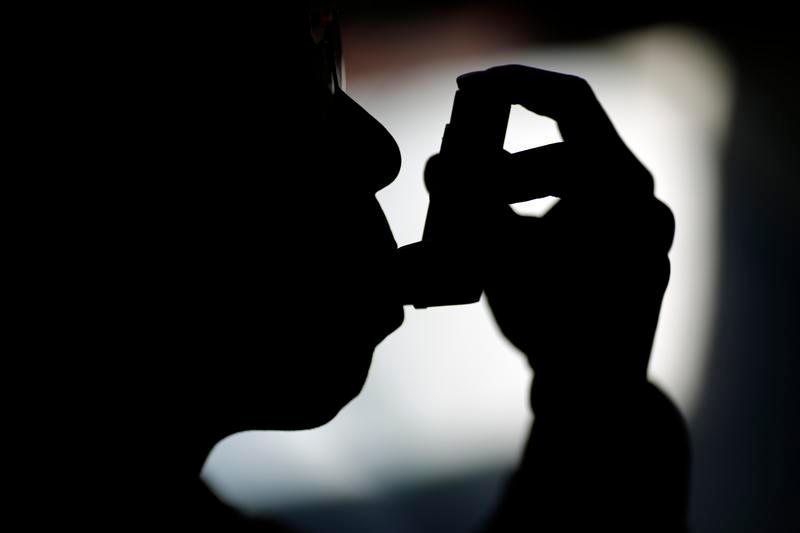PETALING JAYA: About 500,000 of the 9.13 million Malaysian children aged between six and 17 suffer from asthma, but three out of every 10 remain undiagnosed.
Universiti Kebangsaan Malaysia Department of Public Health Medicine associate professor Dr Mohd Hasni Jaafar said according to the National Health and Morbidity Survey 2023, one in two of these children experienced at least one asthma attack in the past year.
“Many asthma cases are rooted in exposure to low concentrations of environmental pollutants. This delays the onset of symptoms, which is why patients are diagnosed late.”
Mohd Hasni said children have less mature immune systems compared with adults and this renders them particularly susceptible to the harmful effects of fine particulate matter.
He said several barriers contribute to the underdiagnosis of asthma in rural children.
“They include parents and caregivers being unaware of the symptoms, cultural beliefs and socioeconomic factors.”
Mohd Hasni also said indoor smoking of cigars and various types of traditional tobacco or rokok daun worsens the problem.
“Children often bear the brunt of air pollution, yet their vulnerability is frequently overlooked.
“Their breathing zone is situated lower than that of adults and subjects them to prolonged exposure to airborne pollutants such as dust and others that take longer to settle due to gravity.”
He said children may be continuously exposed for up to a day, compared with a few hours for adults.
Mohd Hasni cited the 2019 Sungai Kim Kim toxic water pollution incident in Pasir Gudang, Johor, which was caused by illegal chemical waste dumping.
In the incident, toxic fumes were released, affecting 6,000 people and hospitalising 2,775 of them. Most of the victims were school students, causing about 110 schools located near the river to be closed.
He said the heavier-than-air chemicals lingered in the air, causing the children to be seriously affected due to their lower breathing zones.
“Children have a higher breathing rate relative to body surface area compared with adults. Consequently, they inhale a greater quantity of pollutants, exacerbating the risk of asthmatic attacks.”
Paediatric pulmonologist Dr Cheah Wen Li said the high prevalence of asthma in children also stems from a mix of genetic traits and lifestyle changes.
“The genetic predisposition, along with exposure to allergens like viruses, dust mites, gastroesophageal reflux disease and other respiratory infections contribute to it.”
He said urbanisation, reduced physical activity and increased exposure to indoor pollutants also play a part as asthma triggers.
“Despite efforts to improve diagnosis and management, many cases of early asthma remain undetected. Broad public health policies that promote awareness, access to care and anti-asthma environments in schools and communities are required.”
Cheah said asthma attacks in children can be serious and potentially lead to to hospitalisation, or even death, if not treated promptly.
“Asthma attacks can cause wheezing, coughing, chest tightness and other symptoms that can interfere with a child’s daily activities and quality of life.
“Children are at risk since they lack the maturity to fully comprehend what is happening to them.
“Parents should always remain vigilant and seek prompt medical attention, which is essential to manage asthma attacks and prevent other health complications.”
Cheah emphasised that the latest advancements in asthma treatment for children include “biologic therapies” that target specific pathways involved in asthma inflammation.
“Making such treatments more accessible to all patients may involve addressing cost barriers, improving healthcare infrastructure and increasing awareness among healthcare providers and patients about available treatment options.”
He said providing accessible and culturally sensitive educational materials promoting regular asthma screening and empowering parents and caregivers to seek timely medical care can help improve outcomes for children with asthma.









